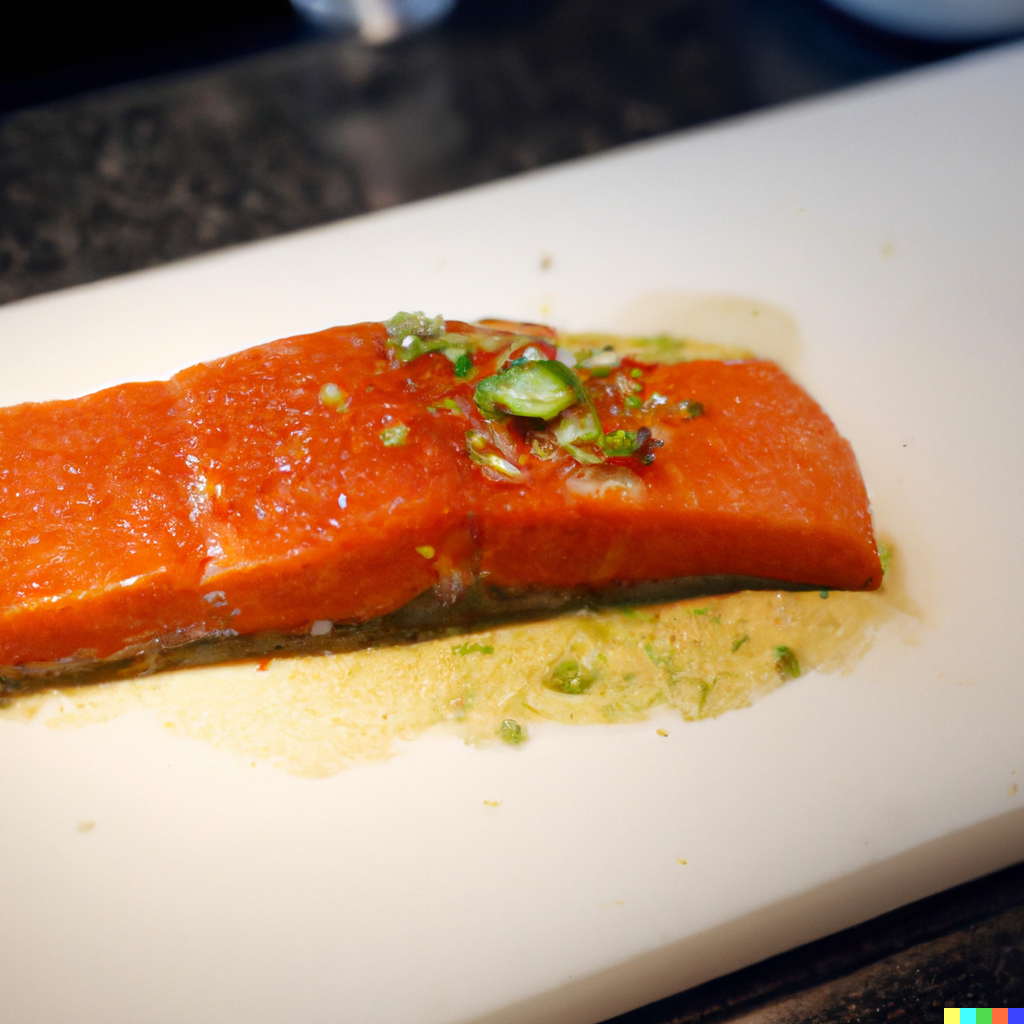Iceland, the land of fire and ice, is renowned for its breathtaking landscapes, geysers, and, not to mention, its thriving fishing industry. Among the myriad of seafood delicacies that this Nordic country is famous for, salmon toro stands out as a culinary gem. This is a dish that blends tradition and modernity, resulting in a unique gastronomic experience for locals and tourists alike. In this blog post, we will dive deep into the world of salmon toro, exploring its background, characteristics, culinary uses, and more.
Background of Icelandic Fishing Industry
The fishing industry is the lifeblood of Iceland’s economy, contributing to a significant portion of the country’s export earnings. It’s an industry that has been shaped by centuries of tradition and a deep respect for the sea. At the heart of this industry is salmon farming, a practice that combines modern technology with sustainable practices to ensure high-quality produce. One of the most prized products of this industry is salmon toro, a delicacy that has gained international acclaim for its rich flavor and texture.
What is Salmon Toro?
Salmon toro, or salmon belly, is the fatty underbelly of the salmon. Originating from the Japanese culinary tradition, the term “toro” is often used to refer to the fatty part of a fish. Unlike the rest of the salmon, the toro has a higher fat content, resulting in a marbled appearance and a buttery, melt-in-your-mouth texture. It also boasts a unique flavor profile that is delicate yet rich, making it a favorite among seafood lovers.
The culinary uses of salmon toro are diverse. It can be served raw in dishes such as salmon belly nigiri, salmon belly sashimi, and salmon belly sushi rolls. In addition, it can also be smoked, grilled, or used in tartare.
Salmon Toro in Icelandic Cuisine
In Icelandic cuisine, salmon toro has a place of honor. Its historical significance can be traced back to traditional Icelandic culinary traditions, where it was often used in gravlax, a dish of cured salmon. Other traditional recipes featuring salmon toro include smoked salmon toro with dill sauce and salmon toro tartare.
Today, the influence of salmon toro on modern Icelandic cuisine is undeniable. It is often used in fusion dishes that incorporate international flavors, offering a twist on traditional Icelandic dishes. Upscale dining experiences featuring salmon toro are not uncommon, and many contemporary chefs use it creatively in their cuisine to deliver a gastronomic experience like no other.
Harvesting and Processing of Salmon Toro in Iceland
The journey of salmon toro from the farm to the table is one of meticulous care and attention to detail. In Iceland, salmon farming is carried out using sustainable practices to ensure the health and quality of the fish. The selection and grading of salmon for toro are done with precision, taking into account factors such as fat content and overall quality.
Once selected, the salmon undergoes a series of handling and processing techniques to ensure the optimal preservation of its flavor and texture. Quality control measures are strictly enforced, and the importance of freshness in salmon toro cannot be overstated.
Health Benefits of Salmon Toro
In addition to its culinary appeal, salmon toro also boasts numerous health benefits. It is rich in Omega-3 fatty acids, which are known for their heart-healthy benefits. It also contains a high amount of protein and essential amino acids. Although salmon toro has a higher fat content than regular salmon, it’s important to note that these are healthy fats that are beneficial to our health.
Salmon Toro in the Global Culinary Scene
The popularity of salmon toro is not confined to Iceland. Its unique characteristics have made it a favorite in international markets, particularly in countries where Japanese cuisine is popular. High-end sushi restaurants around the world often feature salmon toro nigiri and salmon toro sushi on their menus, further fueling its global demand.
The increasing global demand for salmon toro has had a positive impact on the Icelandic fishing industry, opening up new opportunities and challenges.
Conclusion
In conclusion, salmon toro is more than just a culinary delicacy; it’s a testament to Iceland’s rich fishing heritage and commitment to sustainability. Whether you’re enjoying a plate of salmon belly nigiri in a local Icelandic restaurant or savouring a piece of salmon toro sushi in a high-end eatery halfway across the world, you’re partaking in a tradition that spans centuries. As we look to the future, the prospects for the salmon toro industry in Iceland are exciting, offering new possibilities for innovation and growth.

